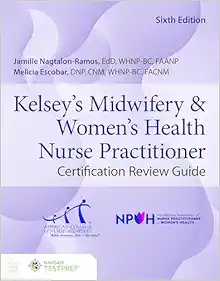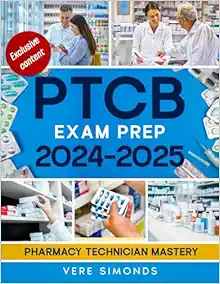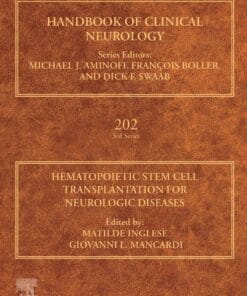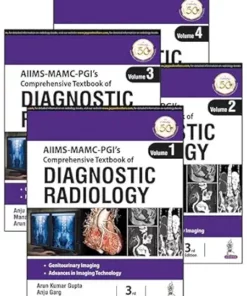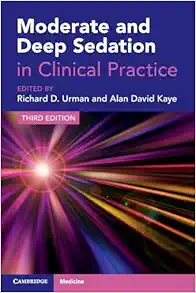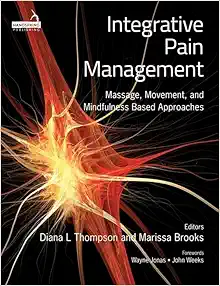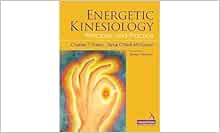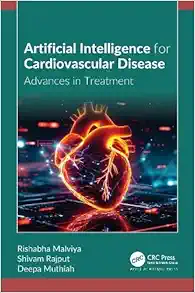Laser – Quantum Acupuncture & Therapy (EPUB)
5 $
Delivery time: Maximum to 1 hours
Format : Epub + Convert PDF
by Ronald Henry DC ND FIAMA (Author), Natasha Henry (Editor)
Therapeutic laser technology is rapidly coming out of its infancy, holding the potential to become a powerful form of healthcare in its own right, side-by-side with chiropractic, traditional Chinese medicine, physiotherapy and nutrition, among others. In many ways, this reflects the emerging new paradigm currently taking place in our very understanding of health – one that is expanding from a purely bio-chemical model of healing towards a more comprehensive picture, including our growing awareness of energy-based principles of life itself.
At the same time, there still exists a degree of skepticism, both amongst the general public as well as with many healthcare providers themselves, regarding the validity of light-based technologies. Even though there is sufficient data currently available on the use and effectiveness of laser therapy, there remains a degree of confusion among practitioners regarding what lasers actually are, how they operate, what they can treat, and perhaps most importantly, how to implement them into their clinical practice.
With Laser – Quantum Acupuncture and Therapy, the desire was to create a more multi-disciplinary approach to laser application that would be helpful in integrating therapeutic laser into various interrelated disciplines, including chiropractic, acupuncture, naturopathy and physiotherapy, etc. Reflecting an integration of both ancient and modern systems combined, and based upon decades of clinical research and experience, this work will hopefully provide a solid foundation for easy and efficient implementation of laser therapy into one’s clinical practice, regardless of their field of expertise.
The text is supported by over 130 images, as well as various tables, all of which help to easily depict and utilize recommended ways of addressing various conditions and regions of the body, including its internal structures. The 3-dimensionality of the photographic images also allows for the simultaneous showing of the internal organs and the meridians with their acupoints, providing a true-to-life effect that supports a more realistic and accurate grasp of point location compared to simply using the more traditional 2-dimensional drawings.
First, we begin with a brief summary of the history and science of lasers, including the foundations of their design, mechanisms of action, and precautions to be aware of during their application. This provides the necessary understanding of how and why laser therapy is not only safe but can often be remarkably effective in benefitting a wide range of conditions.
Second, we proceed with general practical recommendations for laser therapy in clinical settings, including suggestions on both dosage and treatment time using various types of lasers. Examples from clinical practice are given as well, including those of patients with varying levels of sensitivity.
Third, we introduce the acupuncture meridian system, with many of its classical points and point groups clearly represented, along with indications on when to treat many of them. This chapter is provided for the purpose of integrating traditional meridian therapy with contemporary concepts and technologies, some of which may involve meridian system analysis and some of which may not. In the diagrams of the meridians themselves, unique symbols have been ascribed to each point group, thus maximizing the simplicity of the images and increasing their visual effectiveness.
Fourth, we address the musculoskeletal system based on two options: (1) treating each of the regions using local acupoints via the classical meridian system, with all of the 670 or so points depicted, and (2) treating these areas directly, without any knowledge of Chinese medicine being required. This section may thus speak to any therapist, regardless of their professional training or expertise, including those not familiar with meridian therapy.
The Fifth chapter is offered experimentally, based on the promising
Product details
- ASIN : B078BRTFQ8
- Publisher : Ronald Henry DC, ND, FIAMA (November 23, 2017)
- Publication date : November 23, 2017
- Language : English



















